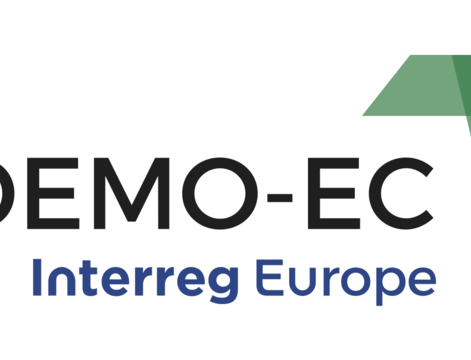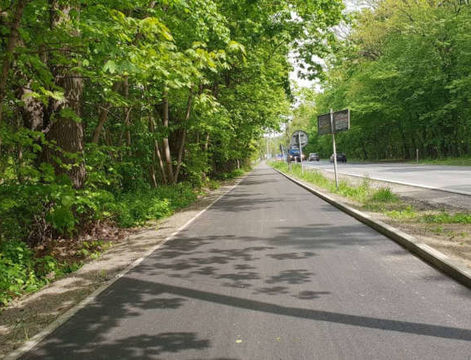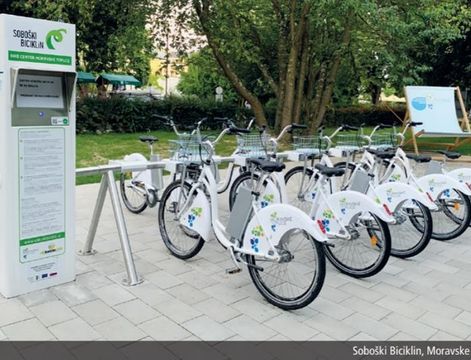The Stakeholder meeting in Spain was together with the regional dissemination event. It was a great opportunity to have te participants at FAMCP, to discuss, exchange mobility patterns, and debate about Electric MOBILITY state of the art (and dealt with Behaviour change good practices, as well as debate about teh 4 actiones proposed for the Aciton Plan).
The event was organized by FAMCP , in collaboration with the RED ELECTRICA de ESPAÑA, and the SPANISH Federation of Municipalities. They also invited the Institute for Diversification and Energy Saving (IDAE).
In recent years, actions aimed at improving energy efficiency, developing renewable energy and promoting sustainable mobility aimed at compliance with the United Nations Framework Convention on Climate Change, adopted in New York on September 9, are being developed, the Paris Agreement, adopted on December 12, 2015, the Resolution Transforming our world: the 2030 Agenda for Sustainable Development approved by the United Nations General Assembly on September 25, 2015 and the whole of the European regulations.
That sense is incorporated in December 2018 between the Spanish Municipalities and Regions and Red Eléctrica de España (REE), to sign a Collaboration Framework Agreement and establish the general guidelines for collaboration between both entities, in the search for improved communication, of essential transfer of information and the planning of electric mobility in the whole of Spain.the extension of training, all from a professional perspective.
The aim of the event was to provides some of the possible answers to ten of the questions that Local Entities are considering when they think about the incorporation of electric mobility in the day-to-day life of their neighbors; For this, prior information with truthful and realistic content is essential. And it is that the municipalities are the scenario where mobility is being transformed today, as a consequence, it is their responsibility who must answer the first questions and concerns of their inhabitants in this transformation.
Public entities must cope with facilitating, when not building, the infrastructure that electric mobility needs for their daily operation. For this purpose, recharging points that are accessible to collective use must be provided, that is, that are available to all the neighbors, expanding the possibility of installing charging terminals in individual spaces, even when they have a neighborhood or community character .
Thus, the purpose of this series of conferences is to present to local entities the information, now available, on the minimum requirements for the implementation of the necessary infrastructure for electric mobility; In addition, the contact during the sessions will allow to know the opinions and concerns that these people have about these issues, or who may be in the near future, in each of the cities where these days are going to be held.









